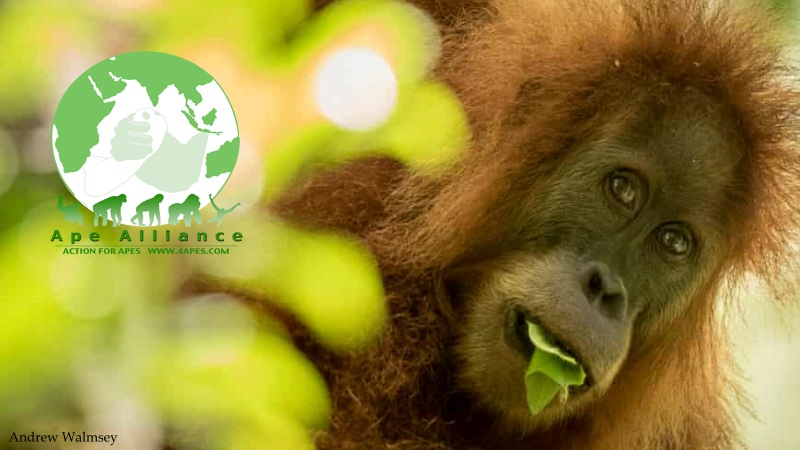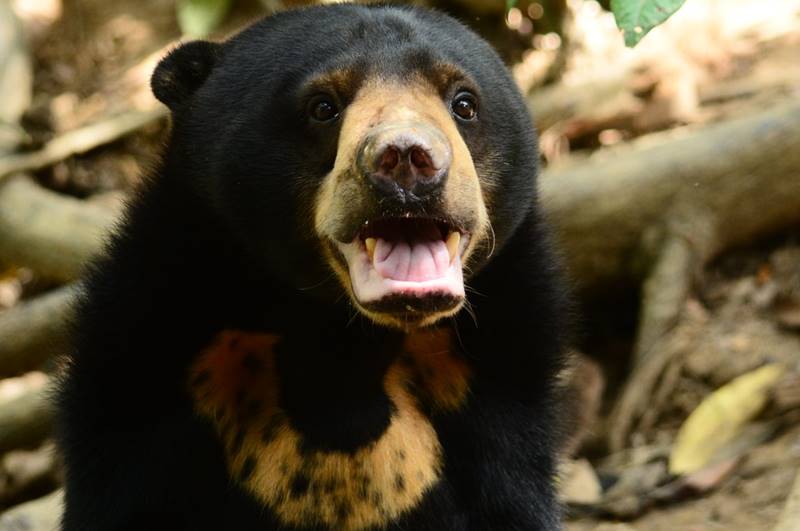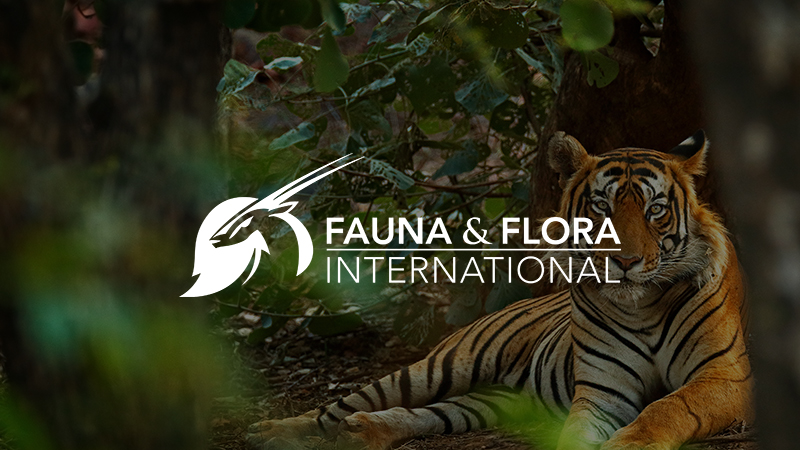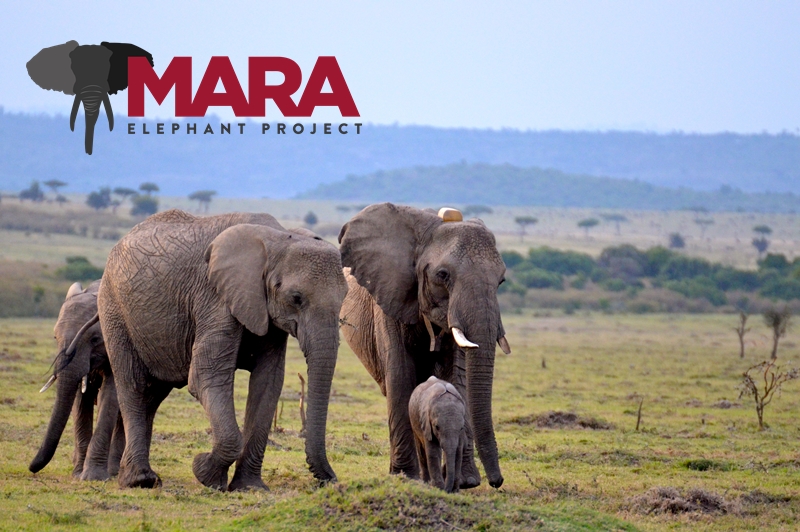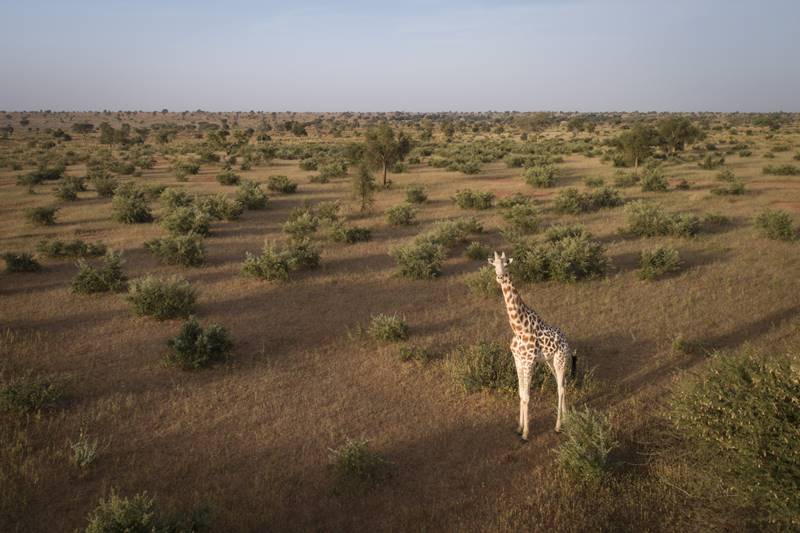Habitat Loss is the number one driver of extinction.
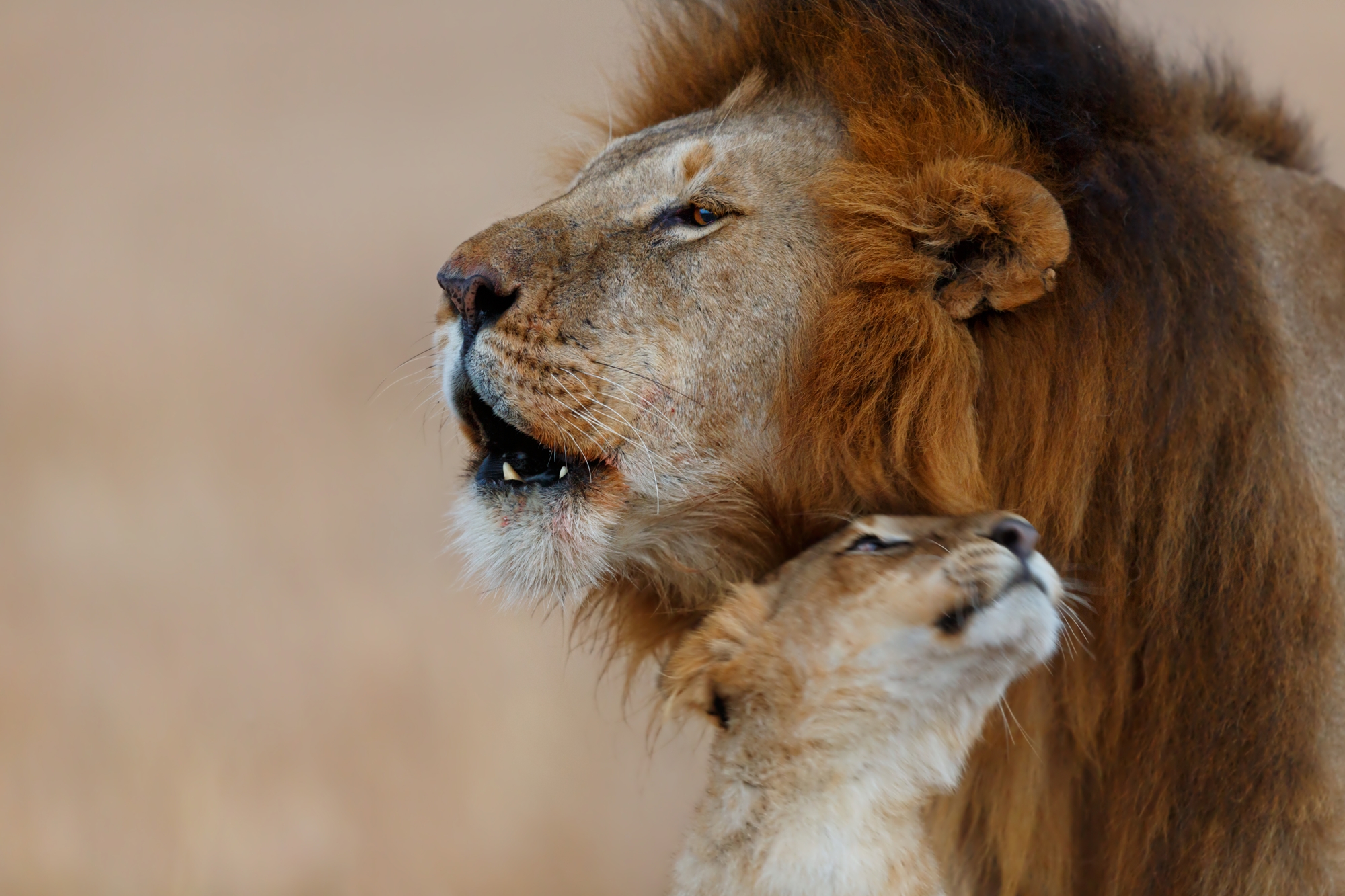

Habitat loss comes in several forms and includes:
Destruction and change in land use (filling in wetlands, dredging rivers, ‘clearcutting’ (logging), mining, agriculture, mowing, fishing with dragnets etc);
Fragmentation (as a result of building roads, dams, fences, housing and other infrastructure etc);
Degradation (due to pollution, invasive species, diruption of the ecosystem, for example erosion of dunes/beaches caused by human traffic).
As the habitat shrinks the carrying capacity (the number of any given species that can live there) declines. You only have to look at some of the world’s most iconic species to see they are living in fragmented and often isolated pockets – their historical range greatly reduced. African Lions have declined by more than 40% percent over the last 20 years with as few as 20,000 living in the wild and only occupying 8% of their historic range. Without habitat connectivity species like lions cannot safely roam or disperse which restricts their gene pool and increases the risk of disease. A shrinking and fragmented habitat means wildlife is living in close proximity to humans and this often results in a chain reaction – with lions, their prey species may be depleted leading them to predate on livestock which can in turn result in animosity from the community and retaliatory killings.
Biodiversity is threatened by habitat loss which is recognised as a well-known driver of insect decline. Insects are responsible for pollination, nutrient recycling and control of many pests and are essential to life on Earth.
A report by the Intergovernmental Science-Policy Platform on Biodiversity and Ecosystem Services (IPBES), a UN committee, written by 145 experts from 50 countries and published in 2019 is considered the most comprehensive assessment of its kind.
Some of its notable findings are shown below:
- Three-quarters of the land-based environment and about 66% of the marine environment have been significantly altered by human actions. On average these trends have been less severe or avoided in areas held or managed by Indigenous Peoples and Local Communities.
- More than a third of the world’s land surface and nearly 75% of freshwater resources are now devoted to crop or livestock production.
- Urban areas have more than doubled since 1992.


